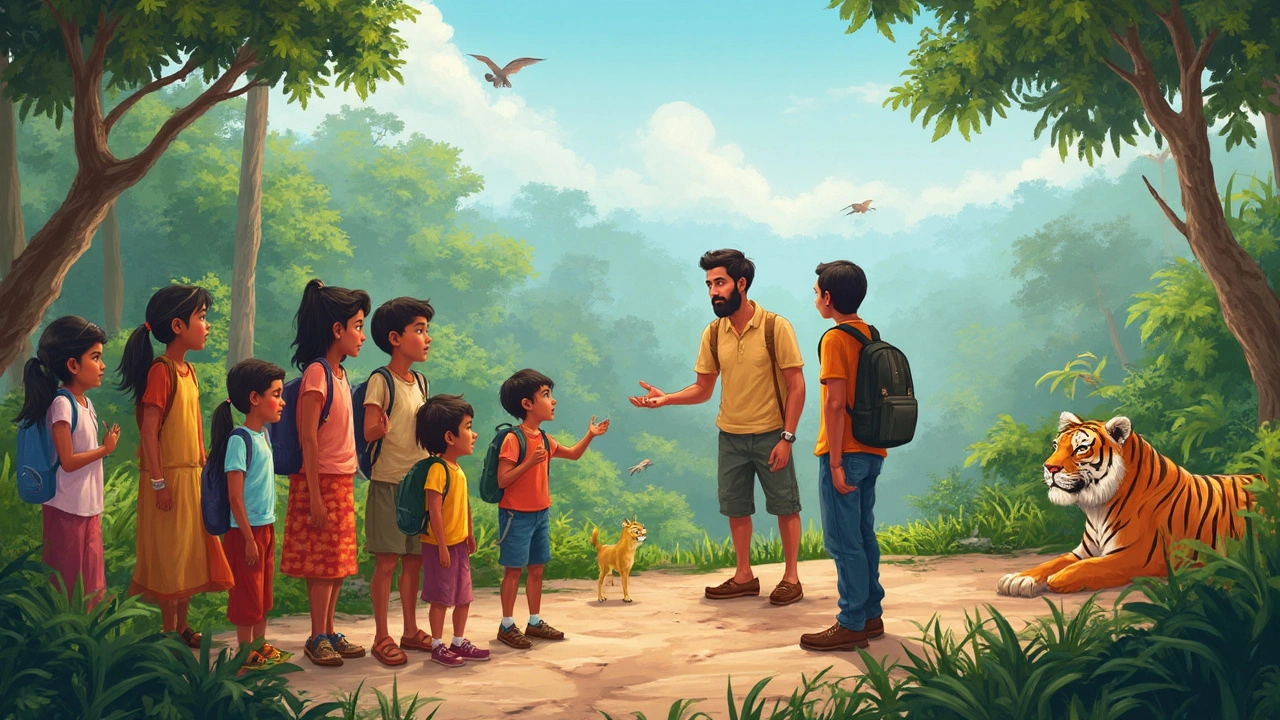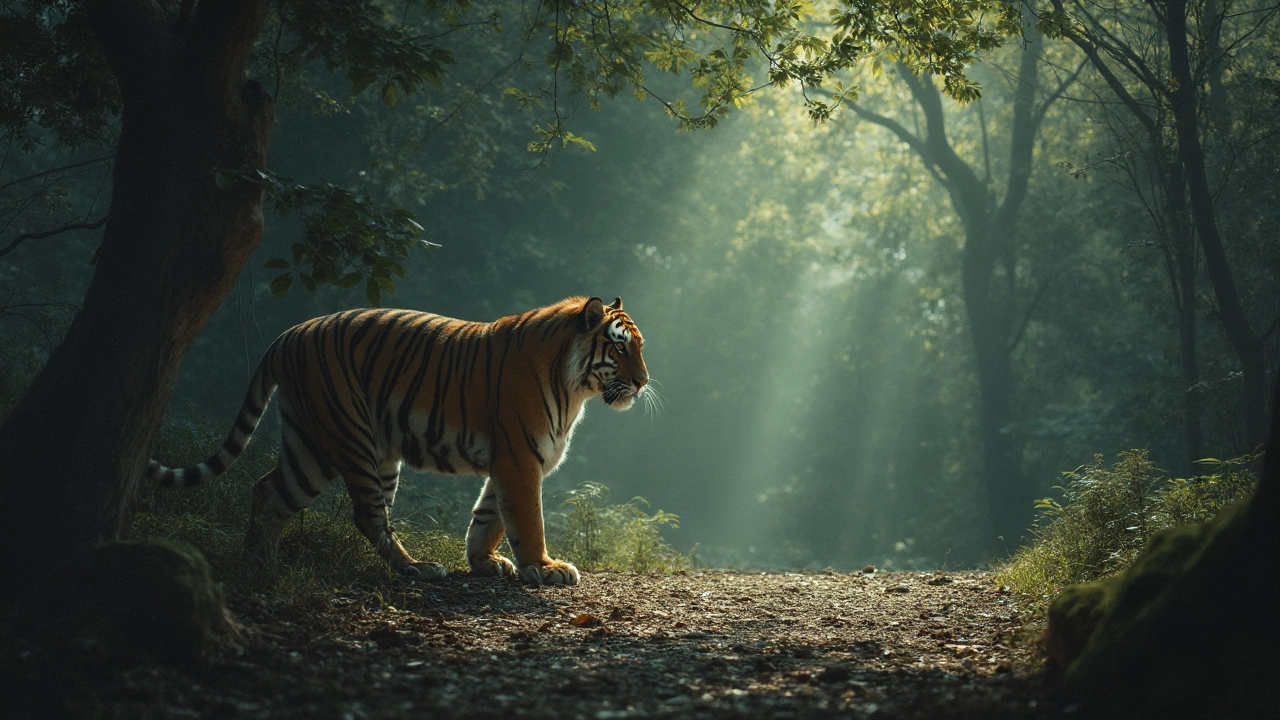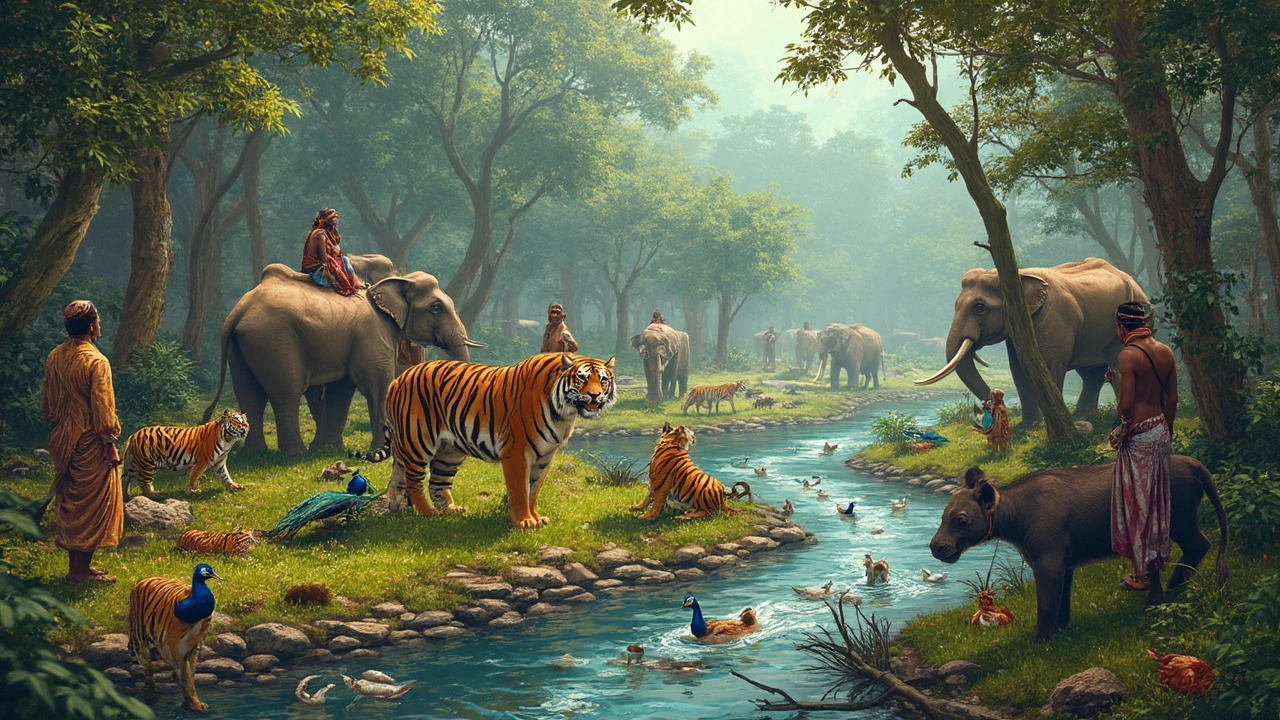So, are wildlife sanctuaries really as good as they sound? Let's look at what they actually do. Sanctuaries provide a home for animals, keeping them safe from dangers like poaching and habitat loss. They fight to conserve biodiversity, which is pretty crucial if we want to keep our planet's ecosystems buzzing.
Sanctuaries aren't just a safe spot for animals. They also educate people about conservation, raising awareness about why it's important to protect these creatures and their habitats. But, there are some who argue that keeping animals in sanctuaries might cramp their style, limiting their natural behaviors.
Despite these concerns, many advocates believe that without these safe havens, many species might be on the edge of extinction. So, do wildlife sanctuaries have what it takes to balance animal freedom with protection? Let's explore this more.
- Understanding Wildlife Sanctuaries
- The Role of Sanctuaries in Conservation
- Education and Public Awareness
- Challenges and Criticisms
- The Future of Wildlife Sanctuaries
Understanding Wildlife Sanctuaries
When it comes to protecting nature and its creatures, wildlife sanctuaries are like fortresses for the animal kingdom. These places are more than just wild parks. They're legally protected regions aimed at conserving the biodiversity of an area and sheltering animals from outside threats like hunting or habitat destruction.
Many sanctuaries are set up because certain animals are endangered, like the orangutans in Borneo or the tigers in India. By providing a safe, regulated space, these sanctuaries help keep population numbers stable and often increase them. Plus, they maintain a natural habitat where animals can essentially do their own thing without too much human interference.
Animal protection is a core mission of these sanctuaries. An example is the Corbett National Park in India, one of the first sanctuaries in Asia, which plays a significant role in safeguarding tigers. Often, these places are instrumental in research too. Scientists can study species and gather important information to bolster conservation efforts.
"Wildlife sanctuaries hold the secret to the future of endangered species," says Dr. Jane Goodall, renowned primatologist. "They offer the space and security animals need to thrive free from harm."
The Types of Sanctuaries
Not all sanctuaries are the same, and they can vary widely in how they operate. Some are open to the public, doubling as educational centers where folks can learn about nature conservation. Others are completely restricted, with access limited to researchers. Here's a quick rundown:
- Open Sanctuaries: Visitors can observe animals in a semi-natural setting, often with guided tours focusing on awareness and education.
- Closed Sanctuaries: Typically restricted to scientific studies, helping provide detailed insights into species behavior and requirements.
These variations exist because every species and region has its own unique needs. By tailoring solutions specific to their requirements, sanctuaries can effectively contribute to habitat preservation and animal protection.
So, next time you hear about a wildlife sanctuary, remember it’s not just about keeping animals confined. It's about securing a future where humans and wildlife can coexist, without the former overpowering the latter.
The Role of Sanctuaries in Conservation
Wildlife sanctuaries are more than just a safe haven—they're lifelines for our planet. They play a huge role in maintaining biodiversity and protecting those species teetering on the brink of extinction. By offering a protected space, these sanctuaries help animals thrive without the constant threat of poachers or habitat destruction, which is a massive win for conservation.
Preserving Endangered Species
One of the most crucial roles of sanctuaries is their work with endangered species. In some cases, they run breeding programs designed specifically to boost populations of threatened wildlife. Take the Arabian Oryx, for instance. Thanks to conservation efforts, including sanctuary programs, it was reintroduced into the wild after being extinct in its natural habitat.
Ecosystem Balance
Sanctuaries also keep ecosystems balanced. You see, every animal has its place and job in nature. When that balance is thrown off—like when predators are removed—the whole system can suffer. By maintaining animal populations, sanctuaries help ecosystems stay healthy and functioning.
Impact on Local Communities
Beyond wildlife, sanctuaries can have positive impacts on local communities, providing jobs and boosting the economy through eco-tourism. People come to see the unique wildlife in these protected areas, contributing financially and encouraging further conservation efforts.
Stats that Matter
| Species | Status | Sanctuary Intervention |
|---|---|---|
| Arabian Oryx | Endangered | Reintroduction |
| Amur Leopard | Critically Endangered | Population Monitoring |
These are just some ways sanctuaries make a noteworthy impact on conservation. While there's always room for improvement, their role in protecting our planet's wildlife can't be overstated. They've got their work cut out, but with the right support, they can bring even more success.

Education and Public Awareness
Wildlife sanctuaries aren't just about keeping animals safe from harm; they're also like living classrooms. They teach us why it matters to preserve species and what roles animals play in keeping ecosystems balanced. You know those school field trips to sanctuaries? They're more than just fun outings. They're chances for kids—and adults too—to see firsthand why conservation counts.
Hands-On Learning
Nothing beats seeing a majestic animal up close. It's one thing to read about an elephant's habitat, but it's a whole different experience seeing its sheer size and understanding the threats it faces due to habitat loss. This direct interaction can ignite a passion for conservation in visitors. Many sanctuaries offer workshops and volunteer programs that let people get their hands dirty, literally, in education and conservation efforts.
Raising Awareness
Sanctuaries often host special events to highlight important issues. They might hold talks about endangered species or display art from recycled materials to make us think about our environment. These events help spread the word about the importance of biodiversity and the challenges wildlife faces, like climate change and poaching. It's not just talk—these events are meant to spark action, from supporting local conservation efforts to changing everyday habits.
Impact on Attitudes
When we learn more, we tend to care more. Visiting a sanctuary can change perceptions quickly. People start asking, "How can I help? What small changes can I make in my lifestyle?" This awareness and attitude shift can lead to more sustainable living choices.
| Statistic | Impact |
|---|---|
| 50% of visitors | Reported increased awareness after sanctuary visits |
| 75% of schools | Include sanctuary trips in their environmental education programs |
Clearly, wildlife sanctuaries play a substantial role in education and public awareness. They bridge the gap between humans and nature, showing us that conservation isn't just about animals—it's about preserving our shared home.
Challenges and Criticisms
While wildlife sanctuaries are often celebrated for their role in conservation, they're not without a few stumbling blocks. One major critique is that they might restrict animals' natural behaviors. Animals in sanctuaries often have less space to roam compared to the wild, which can affect their natural instincts and behaviors.
Another issue is funding. Maintaining a sanctuary requires a ton of resources, and not all of them have the luxury of endless funding. This financial strain can sometimes lead to cuts in essential areas such as veterinary care or enrichment activities for the animals.
Potential Overcrowding
Some wildlife sanctuaries face overcrowding issues. As more animals are rescued, space can become limited, which might stress the animals and staff. Overcrowding can also increase the risk of disease transmission, which is the last thing anyone wants.
Limited Genetic Diversity
A lesser-known challenge is the limited genetic diversity within sanctuaries. When animals are confined to smaller populations, it can lead to inbreeding, which makes the species more susceptible to diseases and genetic disorders.
Human Intervention Concerns
There's also the concern of excessive human intervention. While the primary goal of a sanctuary is to provide care, there's a fine line between what's necessary and what's too much. Some folks worry that too much human interaction could make animals too dependent, which could be an issue if there's ever hope to return them to the wild.

The Future of Wildlife Sanctuaries
When we think about the future of wildlife sanctuaries, a few exciting possibilities come to mind. As technology and our understanding of animal needs advance, these places are likely to evolve in significant ways. Let's break down what we can expect going forward.
Improved Technologies in Conservation
One significant area of growth is the integration of technology to better manage and monitor animal populations. From using drones for tracking animal movements to employing AI for analyzing health data, sanctuaries are getting smarter and more efficient. This means better care and earlier intervention when animals face health issues.
Focus on Natural Environments
Creating habitats that closely mimic wild conditions is a growing trend. Future sanctuaries will likely focus on larger spaces with more complex, naturalistic environments. These settings encourage animals to express natural behaviors, making life in sanctuaries more enriching.
Community Involvement and Education
The role of the public can't be overstated. Increasingly, sanctuaries are becoming hubs for local community engagement. They offer educational programs and volunteer opportunities, which help foster a greater connection between people and nature. This can prompt more grassroots conservation efforts.
Challenges Ahead
Despite all the positives, future wildlife sanctuaries face challenges too. Funding remains a big hurdle; without enough financial support, introducing new technologies and expanding habitats can be tough. There's also the balancing act of providing safe refuges while not making animals overly dependent on human care.
The bottom line? The future seems bright if we continue to prioritize animal well-being and preach the gospel of biodiversity. The sanctuaries can do a lot, but it often takes a village—or a global village—to truly protect and nurture our natural wildlife.
